Birdfeeding in urban gardens is a popular pastime in Aotearoa New Zealand. Recent research shows that while feeding has potential benefits for native birds, there are also risks, so it’s important to do it right.
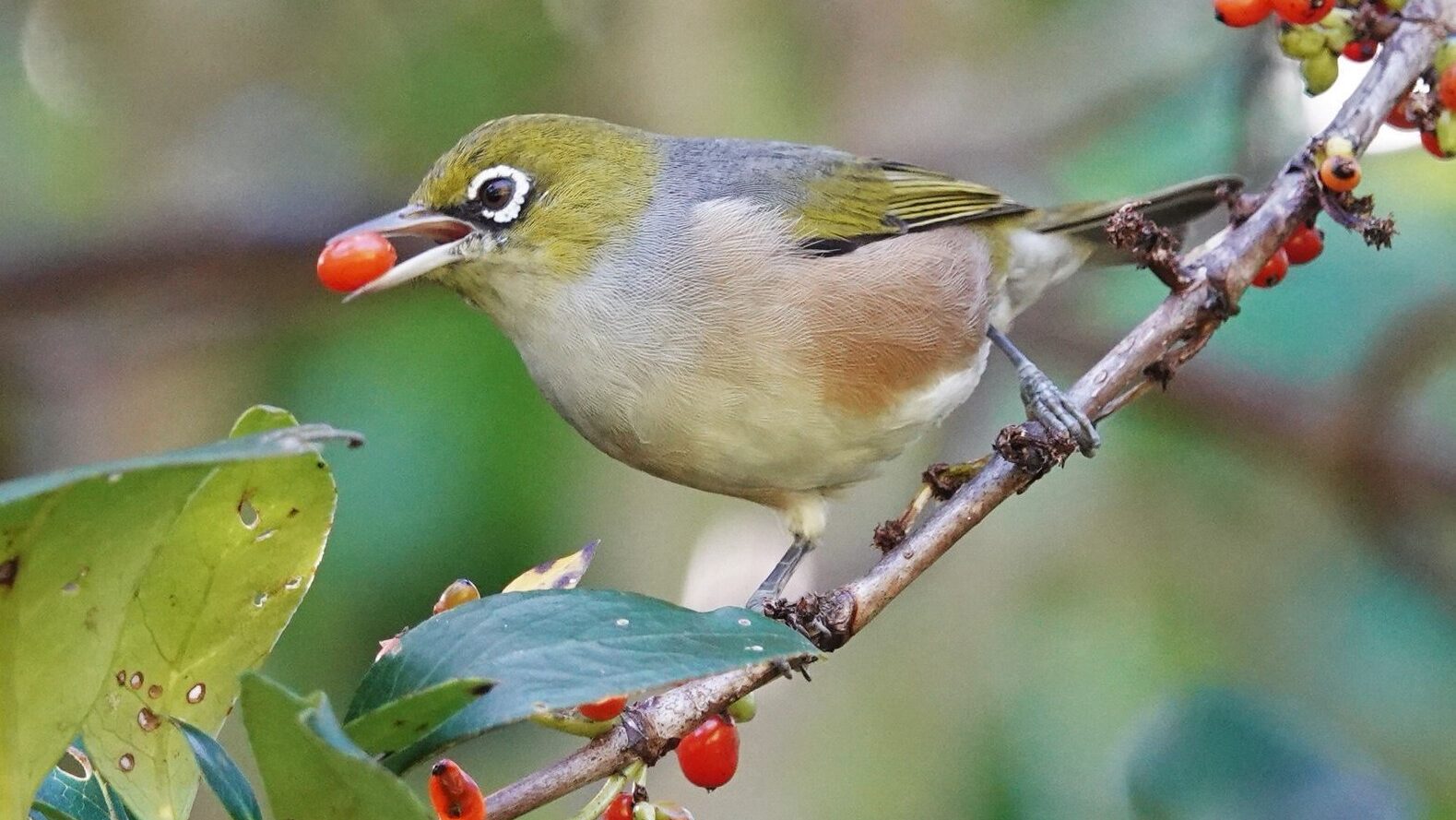
We spoke to Dr Daria Erastova to find out why people use sugar water to feed birds on their property. She told us that previous research by Dr Josie Galbraith had highlighted problems with offering bread and seed to birds. “It isn’t very good for our native taonga species because they are not primarily granivorous (grain and seed-eating) so it promotes introduced species like doves, starlings, sparrows, and even worse, it actually pushes away the native species.”
Feeding birds in your backyard won’t boost populations of native birds – for that, try habitat restoration and predator control.
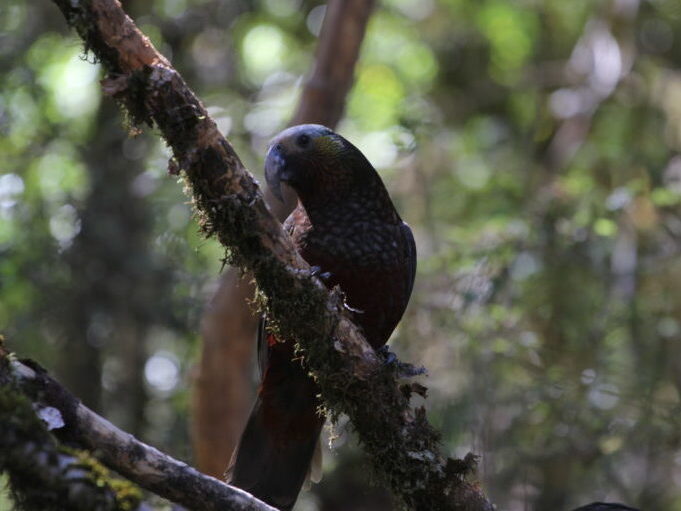
Some of the native birds we find in our urban gardens, such as tūī, tauhou (silvereye) and korimako (bellbird), are nectarivorous, which means they include flower nectar in their diet. If we want to attract them into our gardens, we can offer them a suitable replacement for nectar – which is where sugar water comes in.
Daria and a team of researchers wanted to know more about the ecological impact of sugar water feeding, so they observed the behaviour of the visiting birds and screened them for diseases in Auckland and Dunedin. They also surveyed more than 500 people all over the country about their experiences with sugar water feeding.
Sugar water feeding is actually more beneficial for humans than for birds, points out Daria.
“We do it for fun and to connect with nature.”
By following her advice, we can ensure that both humans and native birds can benefit overall from sugar water feeding.
1. Feeder type matters: choose a specialized sugar water feeder
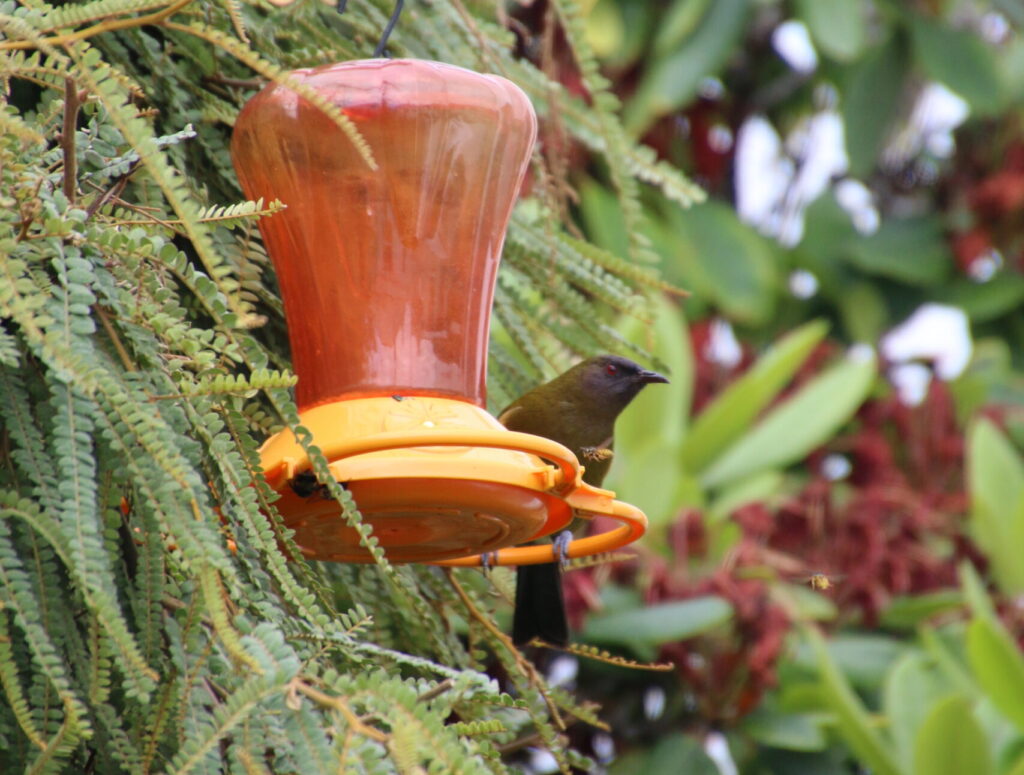
Daria found that to encourage native birds into your garden, you need the right setup. “As it turns out, it doesn’t matter how many feeders you have, how long they’ve been in place, what sugar concentration you use; what really matters for attracting specifically native birds is the feeder type.”
Specially designed feeders allow nectar-loving birds like tūī to drink using their long bills and very long tongues but prevent short-billed grain-eating birds like sparrows from doing so. These feeders come in different styles, including the Tūī Nectar Feeder, and bottle feeders like the PekaPeka.
If you use a feeder that all birds can access, for instance, a simple dish, primarily granivorous birds can take the food away from native birds and spread diseases such as salmonella.
2. High concentration: put plenty of sugar in the sugar water – and nothing else
Daria points out that flower nectar is a highly complicated substance, but balanced at the same time – as well as water and sugar, nectar contains vitamins, proteins, amino acids, and also natural antibiotics to prevent bacterial growth. A sugar solution contains just sugar and water, with no natural antibiotics to control bacterial growth.
“That’s kind of okay, but when people add more nutrients like fruit juice, honey, and pollen, it creates an imbalance as it adds nutrients to the solution – but there is nothing to control bacterial growth, and some of those microorganisms can be not so good for the birds.”
So just add sugar (brown or white) and plenty of it – the higher concentration means that birds can get the energy they need more quickly, and birds at super sweet feeders have fewer feather parasites. Daria suggests at least 1 cup of sugar per litre.
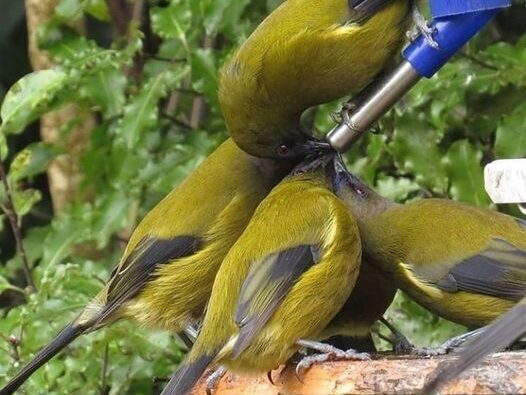
3. Feed birds in winter, not summer
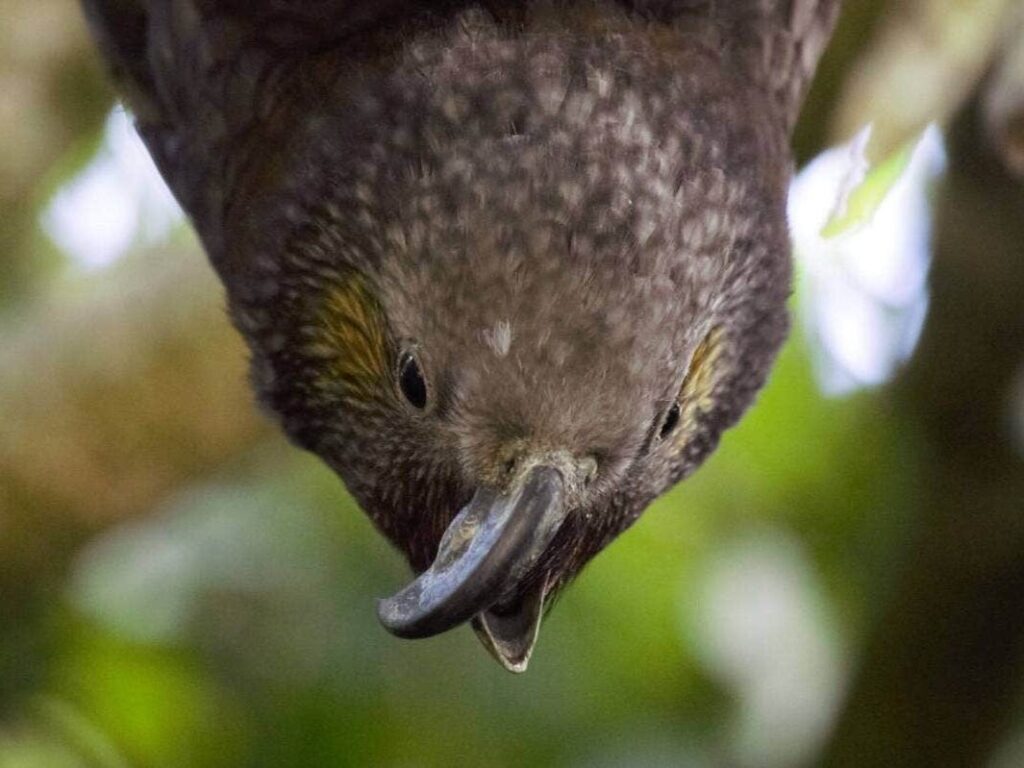
Daria found a strong seasonal trend. “Birds use feeders more often in winter and spend longer foraging at them, while in summer they nearly completely lose their interest in using sugar water feeding.”
She explains that in summer, native birds prefer to eat natural food sources like nectar, berries, invertebrates and fruit. This is healthier for the birds and also helps them fulfil their ecological role as pollinators.
Another reason not to feed birds in summer is that the hotter it is, the faster bacterial growth is, so feeder hygiene becomes even more of an issue. “Unless a person is ready to give a thorough clean to their feeding station every day, just drop feeding in summer completely and restrict it to the coldest months when birds are more desperate to find food,” says Daria.
4. Frequent cleaning: feeder hygiene is very important
Feeders, especially open dishes and containers, can be prone to accumulation of debris and faeces, so clean them regularly by scrubbing them with hot water. More research is needed on this, but aim to clean a specialised feeder at least twice a week and an open type feeder every day. Daria doesn’t recommend using detergent or bleach, as it’s hard to get rid of residue, which is not good for birds.
Dishwashing liquid is fine to use as long as you give the feeder a really good rinse. This video about how to properly clean a nectar feeder gives step-by-step instructions.
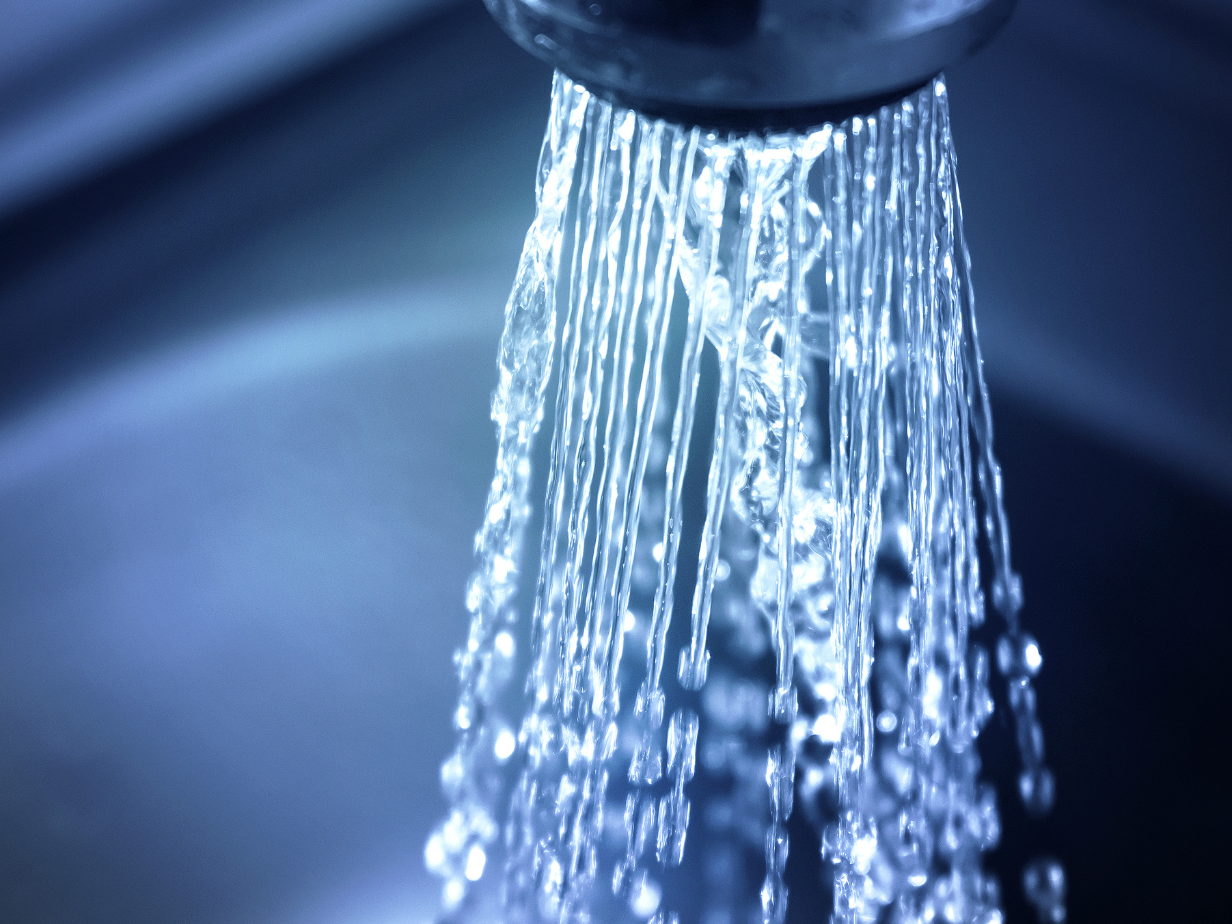
5. Predator proof: place the feeder in a safe place
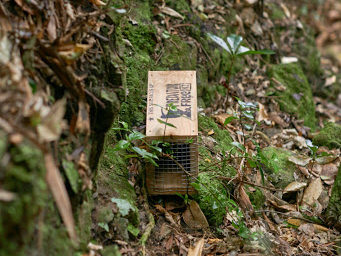
When setting up any sort of bird feeding station, it’s important to keep the birds safe. Daria suggests placing the sugar water feeder on a separately standing tall pole away from any fence or trees to prevent cats, rats and possums from being able to steal the birds’ food, spread nasty diseases, or attack birds at the feeders.
Seeing birds in your backyard no doubt connects people to nature in your area. Feeding birds the right way, to help them not harm them, is recommended otherwise in place of using bird feeders, there’s a lot you can do! For example, plant native trees, shrubs and flowers to provide insects, nectar, fruit and shelter to attract a wider variety of birds.

